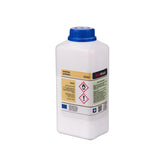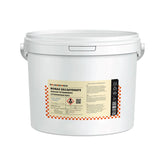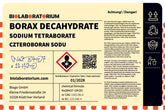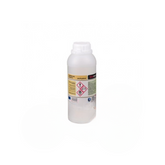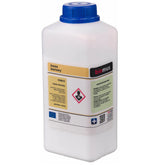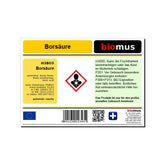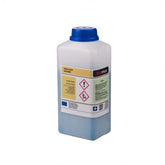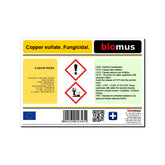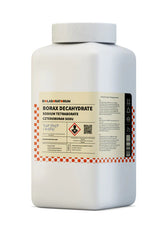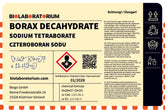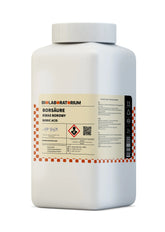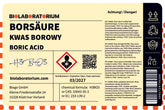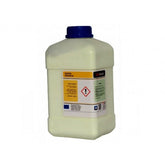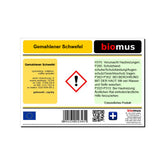Butyric acid – properties, technical applications and safety
Butyric acid, also known as propanoic acid or butane-1-carboxylic acid, is an important organic compound that is widely distributed in nature and used in numerous industrial processes. In this blog post, we will take an in-depth look at the properties, applications, and safety aspects of butyric acid.
Chemical Properties of Butyric Acid
Butyric acid is a colorless, oily liquid with a characteristic unpleasant odor, often described as 'cheesy'. It belongs to the group of short-chain carboxylic acids and has the chemical formula CH3CH2CH2COOH. Butyric acid is soluble in water, has a melting point of 8°C and a boiling point of 163.5°C.
Due to its polar carboxyl group (-COOH), butyric acid is a weak acid with a pKa value of 4.82. It can therefore donate protons to bases and thus influence pH values. Furthermore, butyric acid can form hydrogen bonds, which affects its physical properties such as boiling point and viscosity.
Occurrence and Biosynthesis of Butyric Acid
Butyric acid occurs naturally in many foods, particularly in dairy products such as butter, cheese, and yogurt. It is produced there as a byproduct of the microbial fermentation of carbohydrates by bacteria. Butyric acid can also be detected in other fermented foods such as sauerkraut, vinegar, and wine.
In living organisms, butyric acid is formed as part of fat metabolism. It is produced as an intermediate during the breakdown of fats and carbohydrates. Particularly in the digestive tract of ruminants such as cows and sheep, butyric acid plays an important role as an energy supplier.
Technical Applications of Butyric Acid
In addition to its natural occurrence, butyric acid is also used in numerous industrial processes. The most important applications include:
Food and Feed Industry
Butyric acid is used as a flavor additive in foods and animal feed to create a 'buttery' taste. It is therefore found in products such as baked goods, candies, beverages, and animal feed.
Chemical Industry
In the chemical industry, butyric acid serves as a starting material for the production of other organic compounds, such as butyl acetate, butyl alcohol, or butyl butyrate. These derivatives are in turn used in paints, adhesives, solvents, and plasticizers.
Pharmaceutical Industry
Butyric acid and its salts are used in pharmaceutical manufacturing. They are used, for example, as preservatives, pH regulators, or solubilizing agents.
Cosmetics Industry
In cosmetic products such as shampoos, creams, and deodorants, butyric acid is used as a fragrance to create a fresh, natural scent.
Biotechnology
In biotechnology, butyric acid serves as a substrate for microbial fermentation to produce biofuels, biopolymers, and other valuable chemicals.
Safety Aspects of Butyric Acid
Although butyric acid occurs in small quantities in many foods, it is harmful to health in higher concentrations. Therefore, appropriate safety measures must be observed when handling pure butyric acid:
- Butyric acid is corrosive and can cause chemical burns upon skin contact. Protective equipment such as gloves and safety glasses are therefore mandatory.
- The vapors of butyric acid are irritating to the eyes and respiratory tract. Good ventilation and wearing respiratory protection are required.
- Butyric acid is highly flammable. Open flames, sparks, and smoking are strictly prohibited in work areas with butyric acid.
- If swallowed, butyric acid can cause severe burns in the digestive tract. First aid measures and medical care must then be initiated immediately.
Overall, handling butyric acid requires special precautions due to its corrosive effect and fire hazard. Compliance with applicable occupational safety regulations is therefore essential.
Conclusion
Butyric acid is a versatile organic compound that plays an important role both in nature and in numerous industrial applications. Its properties, origin, and uses, as well as the associated safety aspects, have been thoroughly illuminated in this article. Through careful handling and adherence to applicable regulations, working with this acid can be managed safely.
